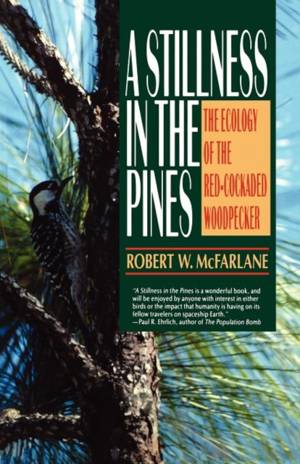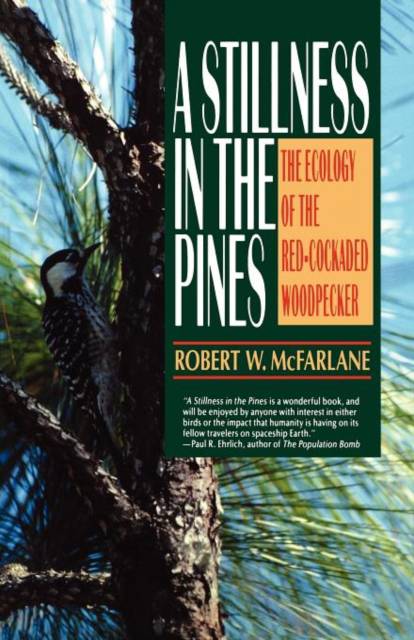
- Afhalen na 1 uur in een winkel met voorraad
- Gratis thuislevering in België vanaf € 30
- Ruim aanbod met 7 miljoen producten
- Afhalen na 1 uur in een winkel met voorraad
- Gratis thuislevering in België vanaf € 30
- Ruim aanbod met 7 miljoen producten
Zoeken
€ 32,45
+ 64 punten
Omschrijving
From eastern Texas the remnants of a once-magnificent forest, nurtured by moisture from the Gulf of Mexico, extend a thousand miles to the Atlantic shore and as far north as Chesapeake Bay. This unique woodland gave birth to two woodpeckers, one large--the ivory-billed woodpecker, which has not been sighted in over ten years and which is almost surely extinct--and the other small--the red-cockaded woodpecker, which may yet be saved.
What distinguishes this bird from others is its unique niche. Its adaptations make it totally dependent on pine trees in an open forest. This ecosystem--that of the loblolly pine tree forest--is the bird's onlly habitat. But these southeastern pine trees are valuable natural resources. Having withstood the ravages of nature for thousands of years, it is now entirely possible that the woodpecker will be lost because of a combination of "benign neglect" and commercial interests.
What distinguishes this bird from others is its unique niche. Its adaptations make it totally dependent on pine trees in an open forest. This ecosystem--that of the loblolly pine tree forest--is the bird's onlly habitat. But these southeastern pine trees are valuable natural resources. Having withstood the ravages of nature for thousands of years, it is now entirely possible that the woodpecker will be lost because of a combination of "benign neglect" and commercial interests.
Specificaties
Betrokkenen
- Auteur(s):
- Illustrator(s):
- Uitgeverij:
Inhoud
- Aantal bladzijden:
- 274
- Taal:
- Engels
- Reeks:
Eigenschappen
- Productcode (EAN):
- 9780393311679
- Verschijningsdatum:
- 1/08/1994
- Uitvoering:
- Paperback
- Formaat:
- Trade paperback (VS)
- Afmetingen:
- 139 mm x 209 mm
- Gewicht:
- 276 g

Alleen bij Standaard Boekhandel
+ 64 punten op je klantenkaart van Standaard Boekhandel
Beoordelingen
We publiceren alleen reviews die voldoen aan de voorwaarden voor reviews. Bekijk onze voorwaarden voor reviews.








